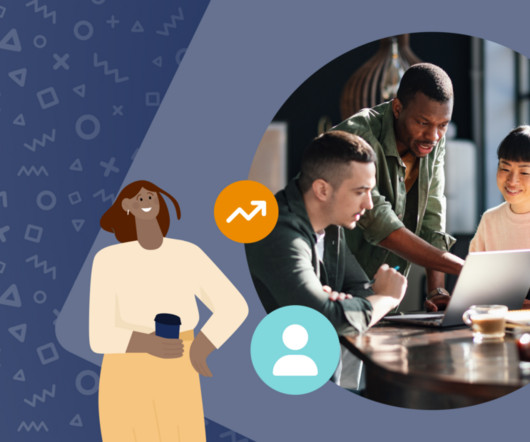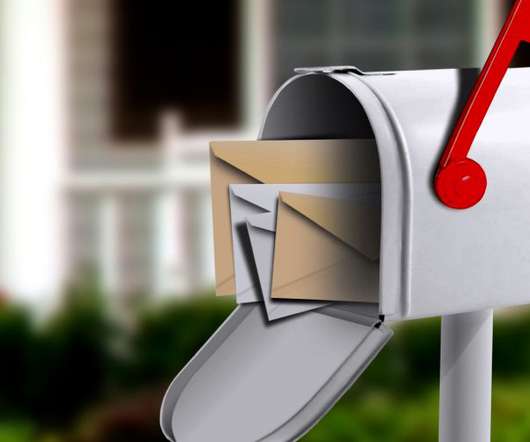Focus on Millennial Learners to Benefit Members of All Ages
WBT Systems
APRIL 19, 2017
There are countless articles describing how we need to change the way we deliver learning to attract and engage millennial learners, but many of these articles seem to forget that organizations must deliver learning to learners across multiple generational groups. Do millennial learners prefer different types of training?












































Let's personalize your content